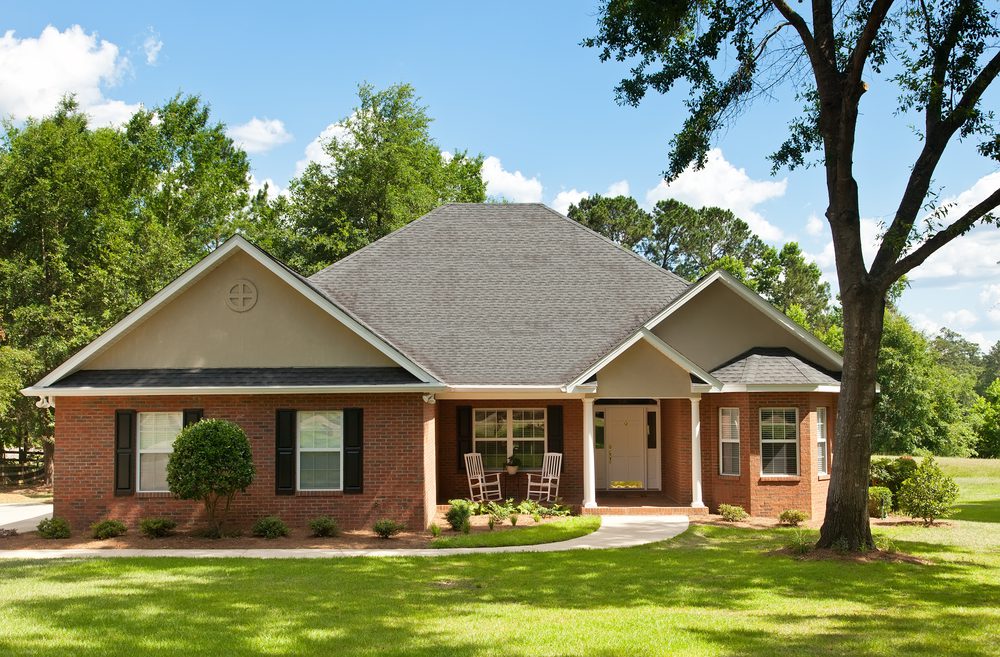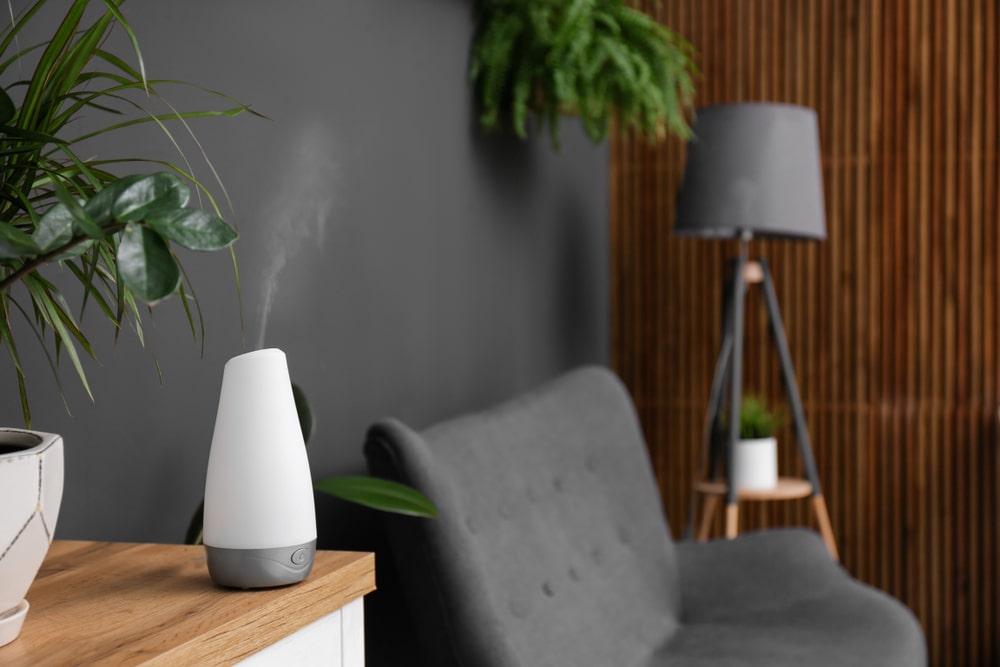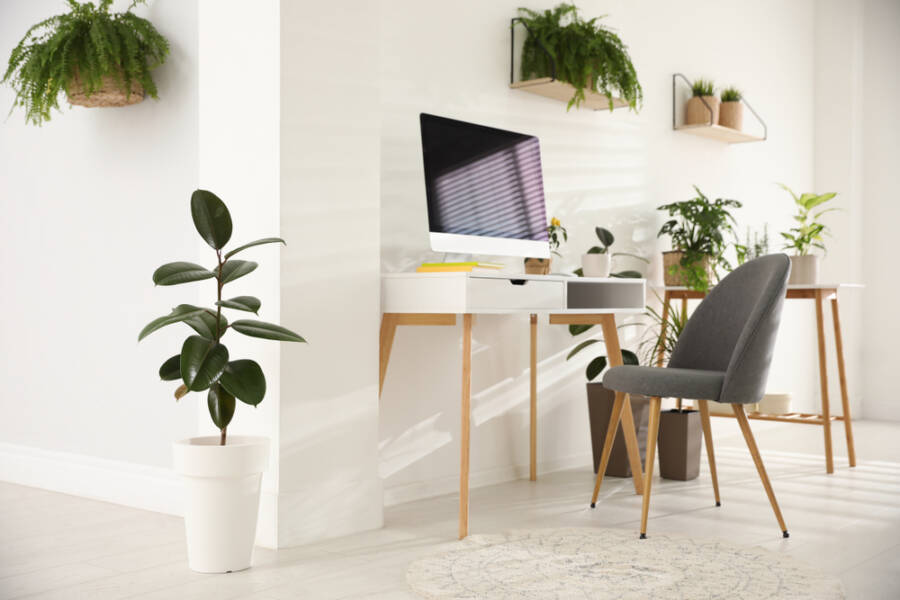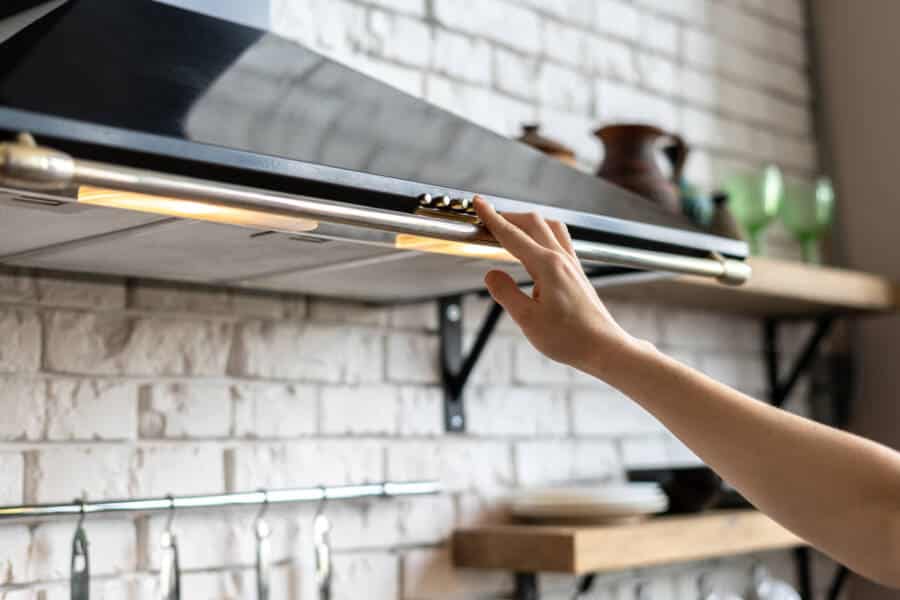A popular houseplant, Alocasia, which is also called Elephant’s Ear, is known for its large, tropical leaves and striking look. These plants are native to Asia and are often grown for their decorative foliage.
If you’re considering adding an Alocasia plant to your home, you may be wondering about their soil preferences. One question that often comes up is whether Alocasia plants prefer acidic soil.
In this article, we’ll explore the answer to this question and provide some tips on how to care for your Alocasia plant.
Here’s Does Alocasia Like Acidic soil?
The Alocasia prefers acidic soil with a pH of 5.5 to 6.5, but it can tolerate a wide range of soils as long as they are well-drained. Alocasia plants need the right pH of soil, as well as consistent moisture and bright, indirect light, in order to grow well.
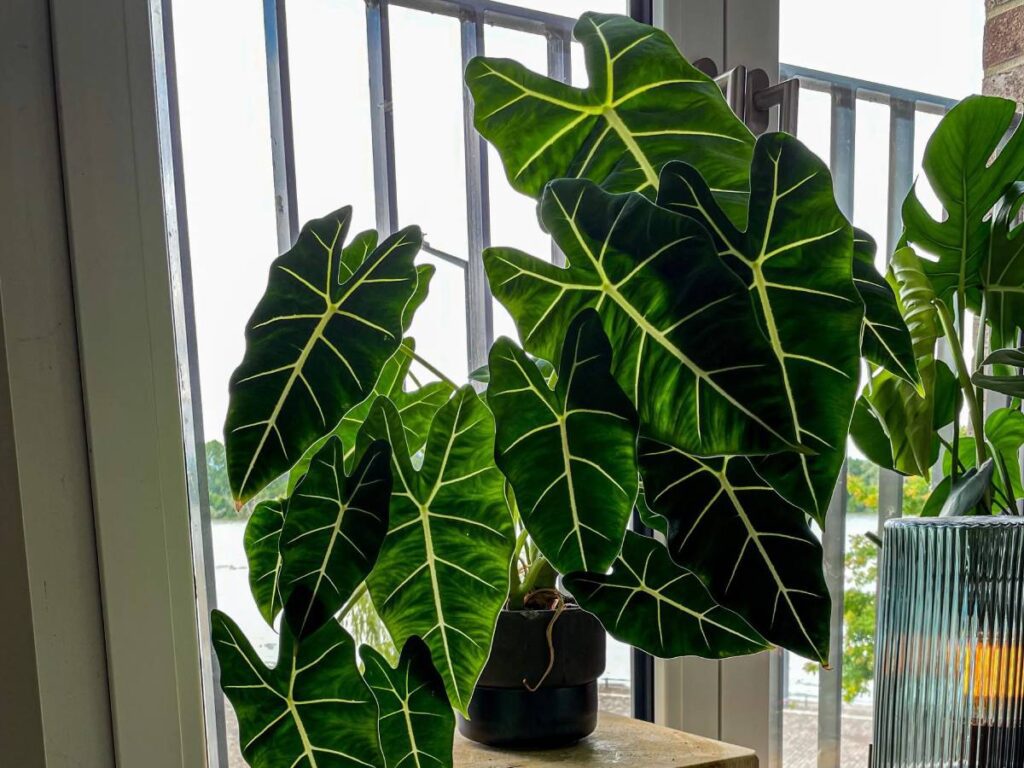
What Are the Factors to Consider When Determining If Alocasia Likes Acidic Soil?
Soil pH is a measure of the acidity or alkalinity of the soil. It is important for plant growth because it affects the availability of nutrients to Alocasia plant. Here are some factors to consider when determining if your Alocasia likes acidic soil:
Natural factors:
Climate and geology can affect soil pH. For example, places that get a lot of rain tend to have more acidic soil because minerals wash away. On the other hand, areas with high levels of limestone in the soil may have more alkaline soil.
Man-made factors:
Fertilizers and water can also affect soil pH. Some fertilizers, such as ammonium sulfate, can lower soil pH, while others, like triple superphosphate, can raise it.
Similarly, the type of water you use to water your plants can also impact the pH of the soil. Hard water, which has a higher mineral content, can raise soil pH, while soft water, which has a lower mineral content, can lower it.
It is important to regularly test your soil pH and adjust it as needed to ensure that your Alocasia is getting the optimal growing conditions.
What Is Acidic Soil and Why Is It Important for Alocasia?
Acidic soil is soil that has a pH below 7 on the pH scale, which measures the acidity or alkalinity of a substance. Soil with a pH of 7 is considered neutral, while soil with a pH above 7 is alkaline.
The pH scale ranges from 0 to 14, with lower numbers indicating more acidity and higher numbers indicating more alkalinity.
The pH of soil can affect the availability of certain nutrients to plants, as well as the overall health and growth of the plants.
For example, plants that prefer acidic soil, such as blueberries and azaleas, are more likely to thrive in soil with a pH in the range of 4.5 to 6.5. On the other hand, plants that prefer alkaline soil, such as roses and tomatoes, are more likely to thrive in soil with a pH in the range of 6.5 to 7.5.
So why does this matter for Alocasia plants?
Alocasia plants are native to tropical regions and are commonly grown as houseplants in other parts of the world.
These plants prefer soil that is slightly acidic, with a pH in the range of 5.5 to 6.5.
Soil that is too alkaline can cause the leaves of Alocasia plants to yellow and stunt their growth.
On the other hand, soil that is adequately acidic can help Alocasia plants thrive and provide the necessary nutrients for healthy growth.
It’s important to note that the pH of soil can change over time due to various factors such as weather, water, and the addition of certain fertilizers or amendments.
Therefore, it’s a good idea to regularly test the pH of your soil to ensure that it is in the optimal range for your Alocasia plants.
We will discuss how to test and adjust soil pH in the next section of this blog post.
How to Adjust Soil pH for Alocasia Plants
As a general rule, Alocasia plants prefer slightly acidic soil with a pH between 5.5 and 6.5. If your soil is too alkaline, you may notice that your Alocasia plants have yellowing leaves or are not growing as vigorously as you would like. In this case, you may need to adjust the pH of your soil to make it more acidic.
There are several methods you can use to raise or lower the pH of your soil, depending on your specific needs. Here are a few options:
- Adding lime: If your soil is too acidic, you can add lime to raise the pH. Lime is a natural substance that contains calcium and magnesium, both of which can help to neutralize excess acidity in the soil. To add lime to your soil, simply mix it into the top few inches of soil using a garden fork or trowel.
- Adding sulfur: On the other hand, if your soil is too alkaline, you can add sulfur to lower the pH. Sulfur is a naturally occurring element that can help to acidify the soil. You can add sulfur to your soil in the same way you would add lime, by mixing it into the top few inches of soil.
- Using an acidifying fertilizers: Another option is to use an acidifying fertilizer specifically designed to lower the pH of your soil. These fertilizers typically contain elements like sulfur or iron, which can help to acidify the soil over time.
It’s important to use a soil testing kit to check the pH of your soil often so that it stays the same over time. This will allow you to monitor the pH of your soil and make any necessary adjustments as needed.
In addition, be sure to follow proper watering and fertilization practices to help keep your Alocasia plants healthy and happy.
How Can You Make Your Soil More Acidic for Alocasia?
If your soil is too alkaline, you may struggle to keep your Alocasia plants healthy and thriving. Here are a few ways you can make your soil more acidic for Alocasia plants:
Add sulfur to your soil
Sulfur is a natural soil acidifier and can be used to lower the pH of your soil.
You can add sulfur to your soil by applying it as a soil amendment or by using a sulfur-based fertilizer.
Make sure to follow the directions on the label to figure out how much to use.
Use an acidifying fertilizer
There are many fertilizers on the market that are made to lower the pH of your soil. Most of these fertilizers have sulfur or something else that makes the soil acidic, like aluminum sulfate or iron sulfate.
Follow the instructions on the product label to determine the correct amount to use.
Use coffee grounds
Coffee grounds are a natural soil acidifier and can be used to lower the pH of your soil. Simply mix coffee grounds into your soil or use them as a mulch around your Alocasia plants.
Use pine needles or pine bark
Pine needles and pine bark can also be used to acidify your soil. Both of these materials break down slowly and release acid into the soil as they decompose.
Simply spread a layer of pine needles or pine bark around your Alocasia plants and allow it to break down naturally.
Use vinegar
Vinegar is a common household item that can be used to acidify your soil.
Simply mix a small amount of vinegar with water and use it to water your Alocasia plants.
Be careful not to use too much vinegar, as it can be toxic to plants if applied in large amounts.
Use compost
Compost is a great way to add organic matter to your soil and improve its overall structure. It can also help to lower the pH of your soil over time.
Simply mix compost into your soil or use it as a mulch around your Alocasia plants.
Some Tips for Growing Healthy Alocasias in an Acidic Environment?
If you live in an area with naturally acidic soil or are looking to create an acidic environment for your Alocasias, there are several tips you can follow to ensure your plants grow healthy and thrive.
1. Use the right soil mix
When planting Alocasias, it’s important to use a soil mix that is well-draining and has a slightly acidic pH. A good option is a mix of peat moss, perlite, and bark chips. Avoid using regular potting soil, as it can retain too much moisture and lead to root rot.
2. Add organic matter
Adding compost or well-rotted manure to the soil can help to improve the soil’s structure and keep the pH at an acidic level.
It’s important to use organic matter that has been fully composted, as fresh organic matter can release ammonia and raise the pH of the soil.
3. Test the soil pH regularly
To ensure that your Alocasias are getting the proper pH levels, it’s a good idea to test the soil pH regularly.
If the pH is too high, you can lower it by adding sulfur or aluminum sulfate to the soil.
4. Water your Alocasias properly
Alocasias grow best in soil that is evenly moist, but they don’t like soil that is always wet or waterlogged.
Water your plants when the top inch of soil feels dry to the touch, and make sure to empty any excess water from the saucer or tray to prevent root rot.
5. Fertilize sparingly
Alocasias do not require a lot of fertilization, and over-fertilizing can actually harm the plants.
During the growing season, use a balanced, water-soluble fertilizer at half strength once a month.
Avoid using fertilizers with high levels of nitrogen, as they can cause the leaves to turn yellow.
6. Provide proper lighting
Alocasias prefer bright, indirect light and do not tolerate direct sun exposure.
If you are growing your Alocasias indoors, place them near a window that receives bright, indirect light. Outside, give them dappled shade or put them in a spot that gets sun in the morning and shade in the afternoon.
7. Protect your plants from pests
Alocasias are susceptible to pests such as aphids and mealybugs, which can damage the leaves and stunt plant growth.
Pests can hurt your plants, so check them often for signs of them and use natural ways to keep them away, like neem oil or horticultural soap.
By following these tips, you can create the perfect acidic environment for your Alocasias to thrive in. With proper care and attention, your elephant ear plants will grow healthy and add a tropical touch to your garden or home.
How to Care for Alocasia in Acidic Soil?
To care for Alocasia in acidic soil, ensure a proper pH between 5.5 and 6.5, water regularly, fertilize with an acidic fertilizer, avoid over-watering, provide proper drainage, place in a location with bright, indirect light, and protect it from drafts and extreme temperatures.
Watering: Alocasia plants prefer consistently moist soil, but it’s important to avoid overwatering, as this can lead to root rot. Water the plant when the top inch of soil feels dry to the touch, and be sure to empty any excess water from the drip tray to prevent standing water.
Fertilizing: Alocasia plants benefit from regular fertilization, especially during the growing season. Choose a balanced fertilizer that has equal amounts of nitrogen, phosphorus, and potassium (NPK), and use it at the rates suggested on the label.
You can also add nutrients to the soil by mixing in compost or other organic matter.
Light levels: Alocasia plants prefer bright, indirect light, but they can tolerate low light conditions as well. Avoid placing the plant in direct sunlight, as this can scorch the leaves.
Humidity: Alocasia plants thrive in high humidity, as they are native to tropical regions. To make the air around your plant more humid, you could put it on a tray of pebbles filled with water or use a humidifier.
Be sure to also pay attention to other factors, such as pest control and pruning, to keep your Alocasia plants healthy and looking their best.

What Is the Best Soil for Alocasia?
The best soil for Alocasia is a well-draining mix, moisture-retaining soil that does not contain too much organic material and has a pH range of 5.5 to 6.5. The soil should be well drained and remain humid, with a balance of 50% drainage material and 50% slightly acidic rich soil.
You should not use regular potting soil because it can hold too much water and cause root rot.
Also, adding organic matter like compost or well-rotted manure to the soil can help improve its structure and keep its pH at an acidic level.
Regularly testing the soil pH and adjusting it as needed can also help ensure that your Alocasia plants are getting the proper levels of acidity.
Conclusion
So, does Alocasia like acidic soil? The answer is yes! Alocasia plants prefer soil that is slightly acidic, with a pH of 5.5 to 6.5.
When it comes to caring for your Alocasia plant, be sure to keep the soil moist (but not soggy) and provide bright, indirect light.
With proper care, your plant will thrive and add a touch of tropical beauty to your home.


